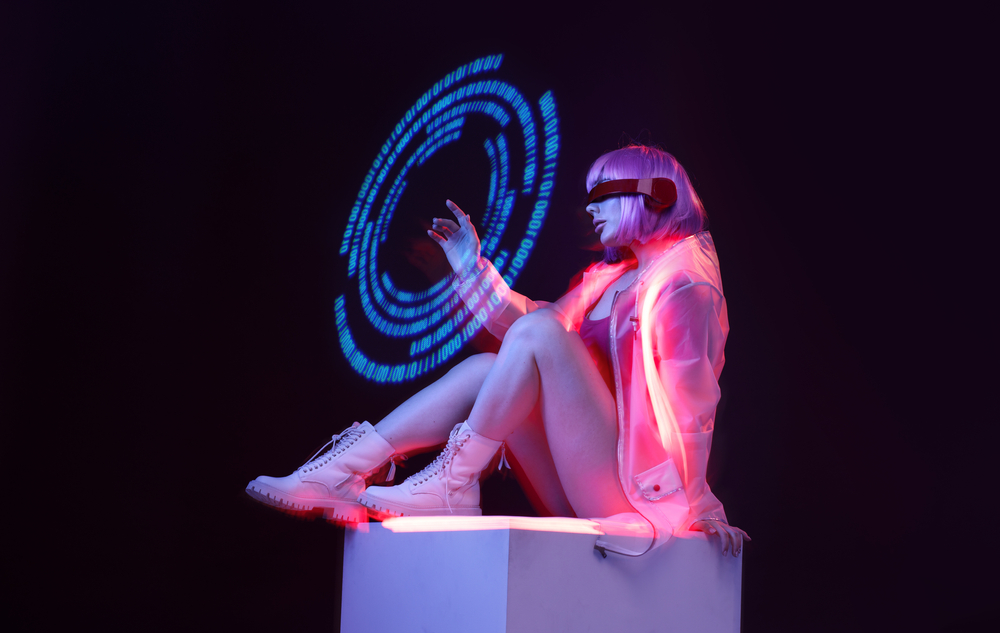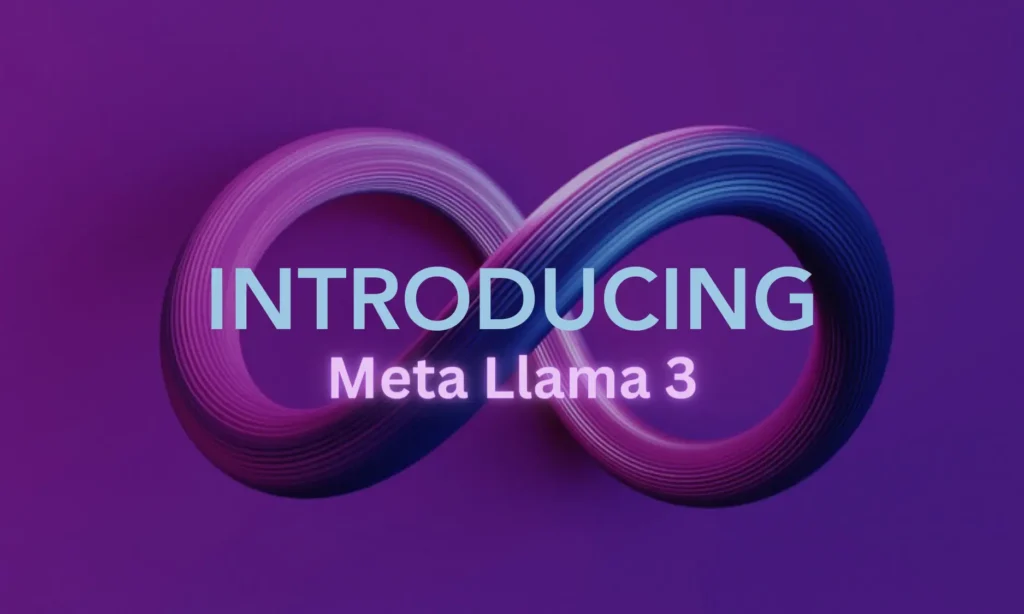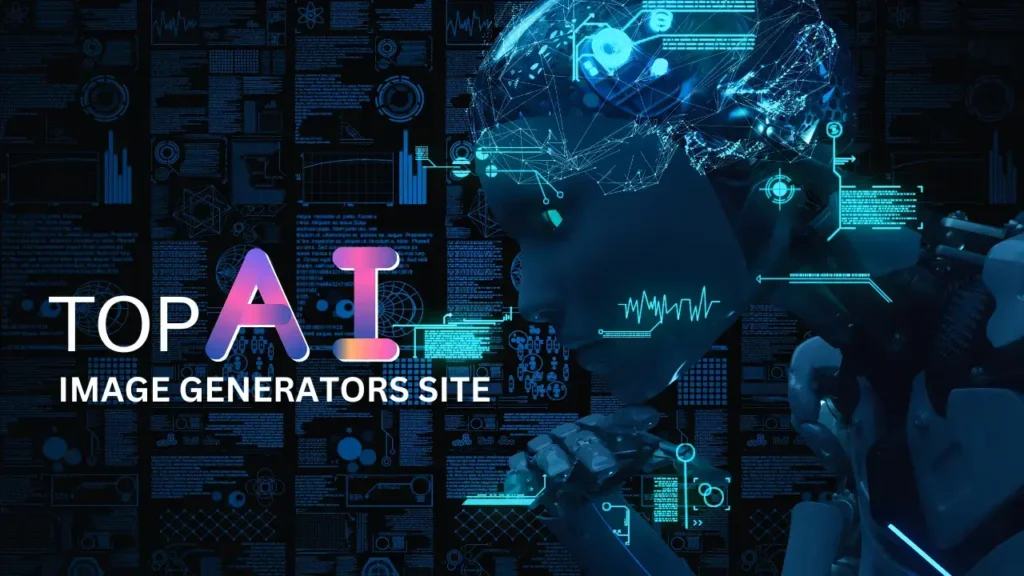In the fast-changing world of fashion, Artificial Intelligence (AI) has become a game-changer. It’s transforming traditional ways of designing, producing, and marketing clothes. This new wave of technology and fashion has created an era where data-driven insights, predictive analytics, and innovative AI applications are changing how garments are brought to life.
In this guide, we’ll explore how AI is making a significant impact on fashion product development, showing how these cutting-edge technologies are reshaping both the creative and logistical aspects of an industry that thrives on innovation and trends.
Artificial Intelligence is revolutionizing the creative industry with tools like Luma AI, a free and powerful video generator, which enables users to create high-quality videos effortlessly.
AI in Product Design
AI is changing how product development works across various industries, including fashion. By using AI, businesses can make more informed decisions, streamline operations, and deliver innovative products that match market demands.
Trend Analysis
Trend analysis in fashion involves looking at current and upcoming trends to help designers, brands, and retailers make informed decisions about their products. The goal is to stay relevant in a constantly changing market by aligning products with what consumers want.
AI helps revolutionize trend analysis by using data and predictive analytics. Here are some ways AI improves this process:
- Data Mining and Collection: AI can gather and analyze vast amounts of data from sources like social media, fashion blogs, and e-commerce platforms. This data includes information on consumer preferences and emerging trends.
- Pattern Recognition: AI uses advanced algorithms to identify recurring themes, colors, and styles. This helps spot emerging trends and understand fashion preferences.
- Real-time Monitoring: AI can monitor social media and fashion websites in real-time. By tracking hashtags and mentions, AI provides instant insights into which trends are becoming popular.
- Predictive Analytics: AI algorithms predict future trends by analyzing historical data. This helps designers and retailers make proactive decisions about inventory and product development.
- Consumer Behavior Analysis: AI analyzes consumer behavior to understand what influences fashion choices. This information helps tailor marketing strategies and product offerings.
- Market Segmentation: AI segments the market based on demographics and geography. This ensures fashion products are tailored to specific target audiences.
- Competitor Analysis: AI monitors competitors’ strategies to understand what is successful in the market, helping businesses stay competitive.
Example AI Trend Analysis Technologies
- Brandwatch: An AI tool that generates insights from over 15 years of data, including more than 100 million web sources and 1.4 trillion social media posts.
- Blue Silk AI: Part of the Talkwalker platform, it tracks trending content and gathers customer feedback to provide summarized insights.
- Power BI: Integrates with Microsoft spreadsheet tools and other data sources like Google Analytics and Salesforce to apply analytics to information.
Generative Design
Generative AI teaches robots to create original and innovative material. Unlike traditional AI, which follows preset rules, generative AI learns from data and develops content on its own. This technology uses complex algorithms and neural networks to identify patterns and generate outputs similar to human creativity.
Generative design leverages algorithms to explore numerous design possibilities and optimize outcomes. Here’s how it helps in product development:
- Exploration of Design Space: Generative design algorithms rapidly explore a wide range of design parameters and constraints, uncovering innovative solutions.
- Optimization of Designs: Generative design aims to optimize designs based on specific criteria like weight reduction or structural integrity.
- Time and Cost Efficiency: Automating the design exploration process saves time and reduces the need for manual iterations.
- Iterative Feedback Loop: Generative design allows continuous feedback between the algorithm and the designer, refining designs to achieve desired outcomes.
Example Generative Design Applications
- Repsketch: An online vector editing software that generates realistic graphics from sketches, helping fashion teams preview final products before manufacturing.
- Artiphoria: A tool that allows users without graphic design skills to create digital artworks, ideal for printing on garments and accessories.
- Vmake: An AI-powered photo and video editing application for creating backdrops and enhancing marketing content.
Artificial Intelligence is revolutionizing the creative industry with tools like Luma AI, a free and powerful video generator, which enables users to create high-quality videos effortlessly.
In the realm of AI advancement, Meta Llama 3 is revolutionizing AI by introducing groundbreaking innovations that are pushing the boundaries of what artificial intelligence can achieve.
Demand Forecasting
Demand forecasting estimates future demand for products or services by analyzing historical data and market trends. The primary goal is to help businesses make informed decisions about production and inventory management.
AI tools significantly enhance demand forecasting by using advanced algorithms and data analytics to analyze large datasets. Here’s how AI contributes to more accurate forecasting:
- Pattern Recognition: AI identifies complex patterns in historical sales data, enabling accurate predictions of future demand.
- Predictive Analytics: AI analyzes factors like seasonality and market trends to provide a comprehensive understanding of demand influences.
- Real-time Data Processing: AI processes real-time data streams to offer immediate insights into changing market conditions and consumer behavior.
Example AI Demand Forecasting Tools
- Stylumia: Uses AI and machine learning to help fashion brands forecast demand, manage inventory, and make better business decisions.
- Heuritech: Analyzes millions of images to provide data on consumer preferences, helping brands predict the visibility, growth of styles and forecast market share.
Promoting Sustainable Practices with AI
AI can greatly promote sustainable practices in fashion product development. Here’s how AI contributes to sustainability:
- Materials Selection: AI recommends sustainable materials by considering factors like recyclability and environmental impact.
- Energy Efficiency: AI optimizes energy consumption in manufacturing to reduce energy waste and greenhouse gas emissions.
- Waste Reduction: AI minimizes waste by optimizing resource utilization and improving quality control.
- Design Optimization: AI-driven generative design creates more efficient product designs that require fewer raw materials and energy.
Example AI Sustainability Tools
- Green Story: Uses data analytics to reduce fashion waste by providing accurate sustainability data and tracking product usage.
- AutoDraw: A web-based drawing application that makes sketching quick and easy, combining machine learning with artist drawings.
The gaming world is undergoing a significant transformation as AI revolutionizes gaming, offering more immersive and intelligent experiences for players.
Enhancing Product Lifecycle and Supply Chain Management
AI tools improve supply chain management by providing advanced analytics, predictive capabilities, and automation. Here’s how AI enhances supply chain optimization:
Product Lifecycle Management (PLM)
PLM manages a product’s entire lifecycle, from concept to disposal. AI enhances PLM by:
- Collaborative Product Development: AI-powered tools facilitate communication among teams, improving documentation and requirements management.
- Supply Chain Integration: AI assesses supplier performance and optimizes relationships.
- Predictive Analytics: AI analyzes historical data to predict maintenance needs and plan efficient maintenance schedules.
Example PLM Tools
- Techpacker: A data management system that maintains data throughout the product development process, providing a central location for managing the product lifecycle.
- Logility: Uses AI to automate planning, reduce cycle times, and improve overall supply chain visibility.
Quality Control
Quality control ensures products meet predefined standards. AI enhances quality control by:
- Automated Inspection: AI-powered systems automatically inspect products, identifying defects and providing consistent results.
- Quality Analytics: AI analyzes data from production processes and customer feedback to make data-driven improvement decisions.
- Supplier Quality Management: AI assesses and manages the quality of materials from suppliers.
- Automated Documentation and Reporting: AI automates quality control documentation and generates comprehensive reports.
Example AI Quality Control Tools
- Advantive: Uses AI to maximize product quality and reduce manufacturing costs with visual models for quality control.
- Techpacker: Provides tools for in-house quality control, including fit remarks and measurement capture.
Optimizing Inventory Management and Logistics
AI optimizes inventory management by improving accuracy and responsiveness. Here’s how AI helps:
- Demand Forecasting: AI generates accurate demand forecasts to optimize inventory levels.
- Dynamic Replenishment: AI adjusts reorder points based on real-time demands.
- Predictive Analytics for Lead Times: AI predicts lead times for suppliers, ensuring timely replenishment.
- Route Optimization: AI optimizes logistics routes to reduce transportation costs.
- Real-time Visibility: AI provides transparency into inventory levels and logistics operations.
- Warehouse Automation: AI-powered robots streamline warehouse operations.
- Smart Inventory Allocation: AI analyzes demand patterns to optimize inventory allocation.
- Supplier Performance Monitoring: AI monitors supplier reliability and delivery times.
- Optimized Last-Mile Delivery: AI improves last-mile delivery efficiency.
- Reverse Logistics Optimization: AI enhances the process of handling product returns.
- Predictive Maintenance for Vehicles: AI predicts maintenance needs for logistics vehicles.
Example AI Inventory Management Tools
- SkuVault: Offers AI-driven inventory management with real-time tracking and smart reorder points.
- Fishbowl: Provides AI-enhanced inventory management with sophisticated reporting and multi-location tracking.
Managing Suppliers with AI
AI enhances supplier management by:
- Supplier Discovery and Sourcing: AI analyzes vast datasets to identify potential suppliers.
- RFx Automation: AI automates the request for proposal and quote processes.
- Supply Chain Visibility: AI tools track and monitor supplier performance.
- Contract Management: AI automates contract creation, review, and compliance.
Example AI Supplier Management Tools
- IBM Sterling Supply Chain Intelligence Suite: Uses AI for supply chain optimization and automation.
- Ironclad: AI contract management software for handling various contract types.
Enhancing Marketing and Customer Service
AI significantly improves marketing and customer service for fashion brands by providing personalized experiences and automating tasks.
Social Media and Content Management
AI enhances social media marketing by:
- Content Creation and Curation: AI generates engaging content and suggests hashtags.
- Social Listening: AI monitors social media for mentions and trends.
- Trend Analysis: AI identifies emerging trends from social media data.
- Automated Scheduling: AI optimizes posting schedules for maximum engagement.
- Chatbots for Engagement: AI-powered chatbots engage users and provide information.
- Ad Targeting and Personalization: AI analyzes user behavior to target ads.
- Performance Analytics: AI provides insights into social media campaign performance.
Example AI Social Media Tools
- Pulsar: Identifies and analyzes social media trends.
- Braze: A customer engagement platform for personalized experiences.
- Anyword: A copywriting tool for creating ads and social media posts.
Virtual Try-On and Fitting
AI enhances virtual try-ons by creating realistic and personalized experiences. Here’s how AI helps:
- Body Measurements and Analysis: AI accurately measures body dimensions.
- Virtual Fitting Rooms: AI enables virtual fitting experiences.
- Clothing Simulation: AI simulates how fabrics drape and move.
- Personalized Recommendations: AI suggests products based on user preferences.
- Face and Emotion Analysis: AI analyzes user reactions to styles.
- Cross-Platform Integration: AI integrates virtual try-on features across platforms.
Example AI Virtual Try-On Tools
- Banuba: A virtual try-on platform with an AI recommendation engine.
- Google’s Generative AI Try-On Tool: Allows shoppers to digitally try on clothes from various brands.
Artificial Intelligence is revolutionizing the creative industry with tools like Luma AI, a free and powerful video generator, which enables users to create high-quality videos effortlessly.
Visual Search
Visual search in AI recognizes and analyzes visual information to retrieve relevant results. Here’s how it works:
- Image Recognition: AI analyzes visual features like patterns and colors.
- Feature Extraction: AI converts images into numerical representations.
- Similarity Scoring: AI ranks results based on relevance.
- E-Commerce Applications: Visual search helps users find products by uploading images.
- Augmented Reality Integration: AI combines visual search with AR for enhanced experiences.
Example AI Visual Search Tools
- Canto: Digital asset management with facial recognition and version control.
- Royal Cyber: Visual search solution for online shopping.
- Folio 3: AI-powered visual search solution for fashion firms.
In conclusion, AI is transforming the fashion industry in profound ways. From trend analysis and generative design to demand forecasting and sustainable practices, AI is helping fashion brands stay ahead of the curve. By embracing these technologies, brands can make more informed decisions, enhance efficiency, and deliver products that resonate with consumers. The future of fashion is here, and AI is leading the way.



